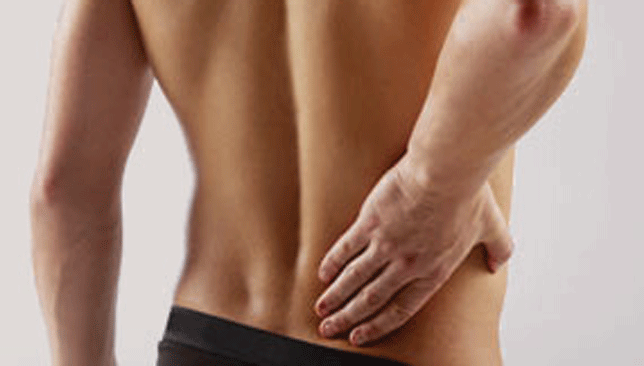
Many of my clients come to me for help with back pain. More often than not, they have lived with dull, mild lower back ache for a long time, sometimes barely noticeable, flaring up occasionally.
For most, once they get moving, stretching and strengthening their core muscles, the back pain miraculously subsides. This isn’t always the case though and some people may experience an episode of quite severe, prolonged discomfort.
So, who are the most likely people to get back pain? According to the National Institute of Arthritis, anyone can have back pain, but some things that increase your risk are:
► Getting older. Back pain is more common the older you get. You may first have back pain when you are 30 to 40 years old.
► Poor physical fitness. Back pain is more common in people who are not fit.
Self-help & Prevention
1. Stop: Sounds obvious, but many people just continue on through the pain, whether it’s moving heavy things, bending, lifting or playing a sport. Stop: it will only make recovery so much slower.
2. R.I.C.E: This stands for rest, ice, compression and elevation. This is standard self-treatment. Rest for at least 48 hours, apply ice (wrapped in a tea towel) to the affected area for 15 to 20 minutes four times a day, a support belt isamazing as it offers support and stability to your back and lay down on your back if it is comfortable with perhaps a pillow under your knees. Anti-inflammatories are also useful at this stage to reduce inflammation. Lying in a warm bath from time to time can be very soothing. You should start to feel more comfortable and mobile enough to make the trip to see a professional.
3. Seek help: This may also sound obvious, but most people don’t do this. Make an appointment with a back care specialist, for example, an orthopedic doctor at your local medical centre is a good place to start. Not only will they be able to hopefully give you an idea of what the problem is and treat it, but they will be able to identify postural issues which you can then correct. If you have a recommendation, a physiotherapist, osteopath or chiropractor are also good options.
4. Move around: Once you are more comfortable and perhaps whilst you are waiting for an appointment, get your back moving gently. Just walking for 10 minutes between rests can start to loosen out your back. Gently rocking your knees to the chest a few times a day can stretch the lower back.
5. Exercise: Most back problems are due to muscle imbalancescaused by poor lifestyle habits and faulty posture, so make exercise a part of your life. Pilates and yoga are amongst the best choices. Strengthening weak muscles and stretching tight muscles can have a miraculous effect on your health.
I am a level 3 Pilates & yoga instructor and a member of REPS UAE and ICREPS. I have over 25 years experience in the health and fitness industry. Follow me on Facebook/ Josie.McKenlay and on Twitter @JosieMcKenlay http://www.josiemckenlay.com/ http://www.yogapilatesabudhabi.com/